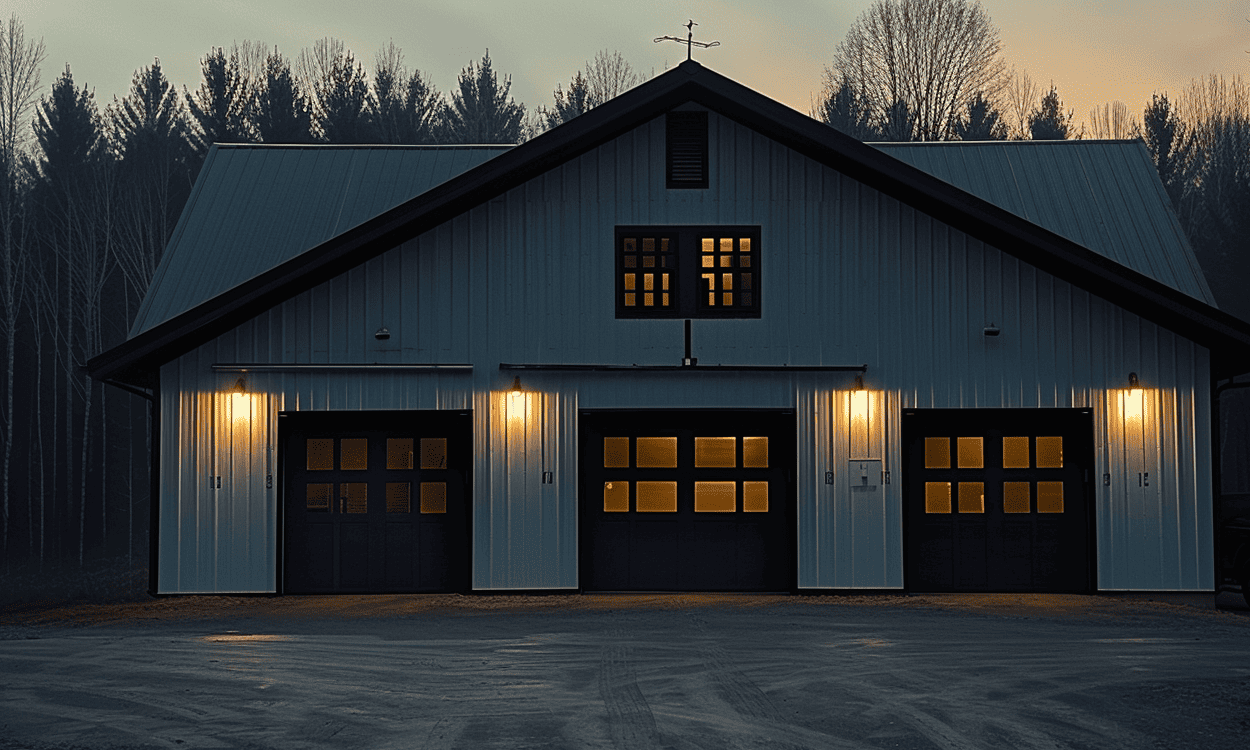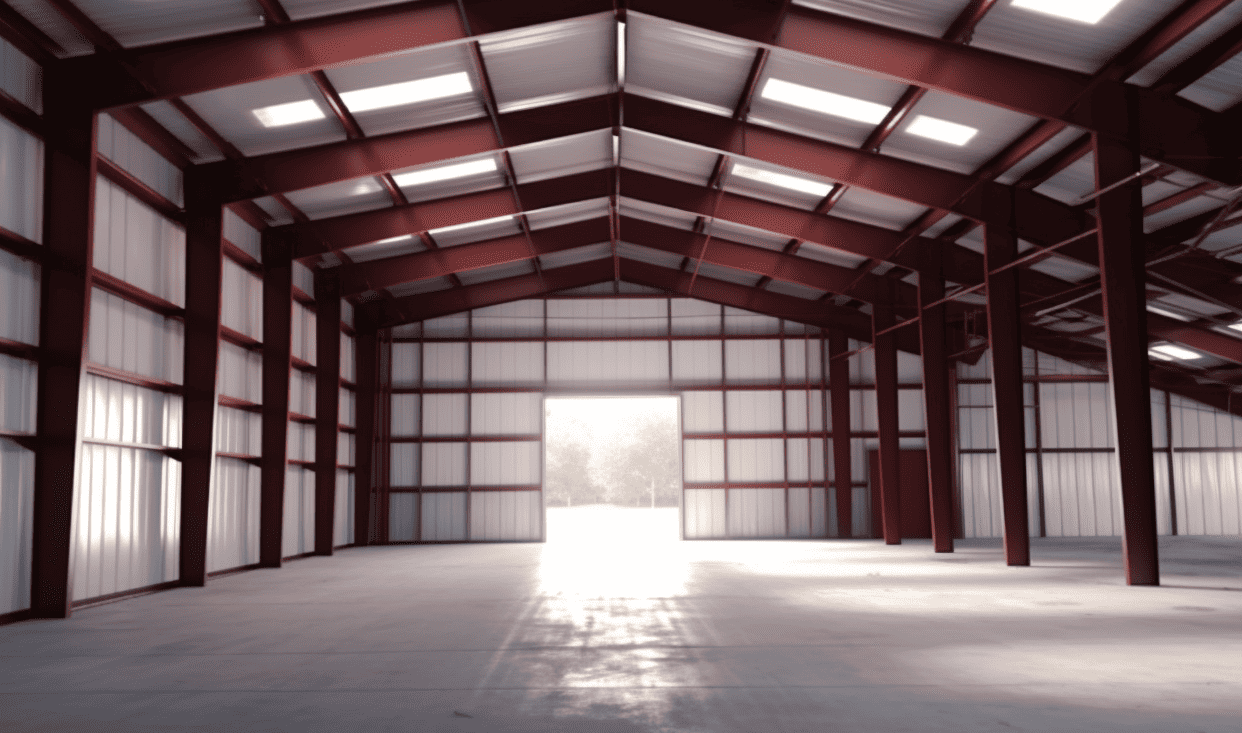The Power of Color in Interior Design
Ever walked into a room and instantly felt a certain emotion or vibe? That’s the magic of color in interior design—the unsung hero that silently influences our moods, perceptions, and even our daily decisions. But how does it work, and why should any savvy homeowner or aspiring interior designer care? Let’s delve into the captivating world of colors and discover their pivotal role in shaping our living spaces.
The Psychology of Colors
Colors have the power to evoke emotions. Each hue has psychological properties that can affect how we feel. For instance, blue is often associated with calmness and serenity, while red can evoke excitement and energy. Understanding these associations can help shape the atmosphere within a space, whether it’s designing a Zen-inspired home design for tranquility or creating a vibrant and energetic living room.
But how can you harness these powers effectively? Let’s look at a few interior design tips for homeowners to make the best use of color in your home.
Choosing the Right Color Palette
Selecting the right palette is like choosing the right notes in music. They need to harmonize without clashing while bringing out the best in each other. Consider what your room should express. Is it relaxation, inspiration, or perhaps a sense of strength and confidence? Once you’ve decided the mood you want to convey, choosing the palette becomes easier.
A monochromatic scheme offers a subtle, sophisticated feel, whereas a complementary color setup can be more playful and bold. And don’t forget neutral colors! They provide balance, allowing other colors to stand out more dramatically. Thinking about custom projects? Collaborating with custom home builders can offer you insights into perfect color pairings tailored specifically for your home’s architecture and design.

Lighting’s Role in Color Perception
Lighting alters color perception. The same blue wall may appear deep navy by night but a bright azure when sunlight floods the room. Consider the light sources present—natural light, LED, fluorescent—and how they affect the shades in your chosen color palette. Adjusting your light fixtures or window treatments can significantly impact the true color visible in your space.
For those tackling Custom Building Projects, understanding this interplay between light and color can lead to more informed design choices.
Color Trends in Modern Interior Design
As with any form of art, interior design is subject to trends, and colors aren’t exempt. Today, earth tones are hugely popular, reflecting a growing desire to connect with nature. Meanwhile, jewel tones like emerald and sapphire bring luxury and a pop of color into modern minimalist designs.
For a balanced approach, consider incorporating trending colors into easily changeable elements such as cushions or artworks, leaving larger expanses—like walls—in timeless, neutral colors. This strategy keeps your space adaptable, ready for any future color trends without a complete overhaul.

The Role of Personal Preference
While understanding color psychology and trends is vital, personal preference ultimately rules in interior design. Your living environment should resonate with you and your family, reflecting your tastes and lifestyles. After all, these are the colors you will live with daily.
Even if mustard yellow isn’t the hottest hue of the year, if it makes you happy, it’s perfect for your home. Embrace your unique tastes and integrate them into your space, making it not just stylish but genuinely yours.
Conclusion: Crafting Your Color Story
Color in interior design is a powerful tool, able to transform any space into an extension of your personality while evoking desired moods and feelings. Whether through paint, textiles, or even lighting, the integration of color is crucial in making a house feel like home.
By understanding the psychology behind hues, keeping an eye on trends, acknowledging the role of light, and prioritizing personal preferences, you can craft an interior color palette that not only looks but feels right—creating a harmonious and enjoyable environment tailored just for you. If in doubt, visiting Color Matters can provide more in-depth insights into how color influences our perceptions and lives.
So, are you ready to let colors tell your home’s unique story? Your journey into the art of interior design is just beginning.










